There’s more to Bristol than Banksy – this is a brilliant and budget-friendly city break
Bristol’s street art, neighbourhoods and brilliant harbourside are connected by both Aer Lingus and Ryanair
Six Ways Bristol - six travel tips and things to do in Bristol
There’s a naked man hanging by one hand from a window off Park Street.
Inside the room above him are a woman in her underwear and an angry man in a suit, peering out of the window. He appears to have surprised an affair at exactly the wrong moment. Or exactly the right one.
Well Hung Lover has been hanging on here since 2006. Literally and metaphorically. Painted under cloak of darkness on the side of what was then a sexual health clinic in central Bristol, it came within a whisker of being erased by the city council. Following appeals, however, an online poll asked the public if the mural should be retained, and 97pc of voters reportedly said ‘yes’.
“This is not a tour about Banksy,” says John Nation, leading Where the Wall’s street art tour (wherethewall.com; £15/£7.50). But, as with so much else in this brilliant, complicated city, it keeps circling back to him.
John Nation of Where the Wall tours talks next to Banksy's Well Hung Lover
Bristol is “one of the most heavily painted cities in the world,” says Nation, taking us from College Green to Stokes Croft on a two-and-a-half-hour trail. Pausing to discuss works by artists like Inkie, El Mac and Stinkfish, he fleshes out the differences between street art and graffiti cultures (the latter is more about indiscriminate tagging), and talks about the scenes’ 1980s roots, social contexts and games of cat-and-mouse with police and a council spending millions to suppress them.
Is it art or vandalism? Is Banksy a genius with a wicked eye for humour, context and social commentary, or an anonymous criminal who inspired a tsunami of copycat property defacers? Street-art hero, or commercial sell-out?
Well Hung Lover is the perfect start for a burrow into Bristol. It remains bold and eye-catching, but is faded by time, tagged in ugly black letters and splattered with blue paint after an attack.
“People always go over you,” says Nation, matter-of-factly. “It’s the nature of the game. It’s unforgiving.”
Read more
This is not a travel story about Banksy. I’ve always wanted to see his work in the wild, but what brought Bristol over the line was the prospect of a budget-friendly city break. As close capitals like London and Paris get more expensive and over-touristed, the appeal of ‘second’ or ‘third’ cities is growing. Ryanair flights from Dublin start from €14.99 each-way at the end of this month (of course, by the time you add a 10kg cabin bag and priority boarding, the return fare jumps to €80 — but it’s still less than a tank of petrol), and Bristol Airport is a 40-minute bus ride from the city.
Bristol's vibrant harbourside
Fast-forward a couple of hours, and we’re sitting in Rick’s cocktail bar overlooking the harbourside. I’ve ordered an autumnal-looking negroni with an ice cube the size of an apple, and the bartender is happy to confirm the story I’ve heard about Stanley Tucci stopping by not once, but twice, since The Bristol hotel’s jazzy bar opened this spring.
Tucci ordered a vodka martini, I learn. And a Secret Longings, one of the bar’s signature gin cocktails, mixed with Italicus Rosolio di Bergamotto liquor and Dry Vermouth (£11). “But he tweaked the Vermouth.”
Of course he did.
On a sunny Sunday morning, we set off to explore the harbourside and Wapping Wharf area (wappingwharf.co.uk), just steps outside The Bristol, the Doyle Collection hotel in which we’re staying. Bristol has a rich history as a port and seafaring base (also a controversial one, as one of the major hubs for the global slave trade), but its cobbled docks and warehouses today feel transformed for 21st-century city life.
“Half of Bristol must be in the harbour,” one punter quips.
Think sprinkles of Liverpool’s Albert Dock, or Brooklyn’s Navy Yard, or Cork’s Marina Market. We dip into museums and galleries, pass converted containers chock-a-block with mini restaurants and shops, watch families amble, tourists take a steam train and friends catch up over takeaway treats by the water.
Blue skies cast a flattering light, the ‘aaaaarrrrrrghhhh’ of a bungee jumper on a crane rings out, and we do wonder...
“Why can’t Dublin be like this?”
Pól at the SS Great Britain
At the SS Great Britain (ssgreatbritain.org; £22/£15), I step aboard Isambard Kingdom Brunel’s iconic 98m steam ship. Billed as “the world’s first great ocean liner”, I explore the decks, bunks, galleys and wheelhouse of a colossal ship that once took passengers on 70-day journeys to Australia. The museum sits in the docks in which she was built in 1843.
Google Maps leads us to Girl with a Pierced Eardrum nearby, Banksy’s take on Vermeer’s famous painting (here, the pearl is replaced with a real-life security alarm). It sits in a vacant lot protected by spiked fencing, but the atmosphere at contemporary arts centre Arnolfini (arnolfini.org.uk; free) is far less forbidding. Big colourful cushions, yoga mats and ‘Eye Spy’ sheets are laid out through the gallery spaces, encouraging visitors to relax and engage with the works on the walls.
“I prefer things that have been touched or in contact with people,” is a quote from Ethiopian artist Elias Sime, whose large-scale works are exhibited when we visit. Sime uses found materials like computer keyboards, electrical wires and old watch faces to create dramatic mosaics that draw us in — stepping up close to look at the detail, before retreating again to look at the wider piece. “The first time I saw a motherboard, it reminded me of a city, a landscape,” he says.
Banksy's 'Grim Reaper' at M Shed
M Shed (bristolmuseums.org.uk; free) is Bristol’s brilliant version of a civic museum. Large, inviting galleries place artefacts like Anderson shelters used during World War II’s Bristol Blitz alongside smaller, more personal donations like footballs, pub glasses or hair rollers celebrating its neighbourhoods.
The stomach-churning story of slavery is told, and inclusive displays give space not just to bigwigs and Brunel, but ordinary shopkeepers, musicians and community heroes like disability and body-image campaigner Imogen Fox.
There’s a Banksy (Grim Reaper was rescued from the side of a ship), but my favourite display brings to life the trip-hop scene that saw Bristol blaze like a comet across 1990s music culture. They’re tiny exhibits, but a Massive Attack concert ticket and CD copy of Tricky’s Maxinquaye turn back time for me.
Another display looks at community through the eyes of people who have arrived from all over the world, or moved on from it.
“How did you become part of Bristol?”
“Why did you leave Bristol?”
Every city should have a museum like this.
Nearby, we browse the Lego-like clutch of repurposed shipping containers at Wapping Wharf’s Cargo. It feels a little sanitised — a hip haven of flat whites, small plates, low-intervention wines, ethical T-shirts and poke bowls, but it’s buzzy, family-friendly and throws up a great gluten-free fish ’n’ chips at Salt and Malt (£16 to eat in; takeaway from £9).
Brunel's suspension bridge
Bristol’s centre is small and easy to navigate by foot, bus or Uber — so it’s easy to pop between neighbourhoods. Another posh enclave is Clifton, where we see Brunel’s iconic suspension bridge, take a sunset walk along the curving Royal York Crescent, and potter about the sandstone mansions, Farrow-&-Balled interiors and leafy parks of an enclave as archetypically English as it gets.
In the souvenir-sized Clifton Arcade (cliftonarcade.com), there’s a poetry reading underway in Heron Books and pricey prints in Hidden, a boutique gallery including work by Matisse, Hockney and you-know-who. Banksy’s Trolley Hunters, number 342 of 500, has a price tag of £35,000.
Stokes Croft, where our street-art tour winds up, feels like an antidote, or counterpoint, to Clifton and Wapping Wharf. “This is edgy Bristol,” says the lady in Stokes Croft China (prscshop.co.uk), a shop that sees artists mashing up salvaged Wedgwood transfers and modern slogans to create bone china mugs, plates and souvenirs with a Bristol bite.
“Glad Colston’s Gone” is the wording on one mug, depicting the statue of slave trader Edward Colston as it was toppled and dumped in the harbour during the Black Lives Matter protests of 2020.
Stokes Croft China, Bristol
As Nation walks us toward and through Stokes Croft, it’s clear, as it is in so many neighbourhoods around the world, that tensions are tugging at the fabric of the place. Pricey anti-graffiti lacquers cover the walls of pedestrian tunnels. Homeless tents are dotted around The Bearpit, a sunken plaza within a roundabout at the heart of a busy central junction.
Stokes Croft itself reminds me of Dublin’s Liberties — at once vibrant, falling apart, and grappling with gentrification. There are thrift stores, indie hubs like Café Kino or The Canteen, and two DJs setting up impromptu decks on a triangular space known as Turbo Island.
“What you have in Bristol at the moment is two juggernauts colliding,” Nation says, drawing our tour to a close. He’s talking about sub-cultures and officialdom, but it could as easily be so many things. Classes. Politics. Cultures. Eras. Bristol has been brought to life.
“Is that a Banksy?” someone asks, pointing to a piece on a utility box.
“No,” he says. “It’s another anonymous stencil artist. They’re two-a-penny in Bristol.” But just up the road is another original. We pause opposite The Mild, Mild West, painted in 1999 and depicting a white teddy bear about to launch a Molotov cocktail at riot police.
Back then, the elusive artist was able to spend three days hand-painting the mural in broad daylight. Times have changed.
But this isn’t a tour, or a travel story, about Banksy.
Is it?
Take 3: Places for a bite in Bristol
Bar 44
Bar 44 ‘Sherry is sexy’ says the neon scrawl inside this tapas bar in a former bank in Clifton. Expect a casual vibe with tasty dishes (try the boquerones, or pescado with aioli). grupo44.co.uk
Pieminister
Pieminister Pies and cocktails? Who knew? Now a chain, the original is in Stokes Croft — great gluten-free pies and sides are a bonus, as are the two-for-one cocktails. pieminister.co.uk
Fish and chips at Salt and Malt
Salt and Malt It’s hard to choose between the containers at Wapping Wharf’s Cargo, but this ethical fish-’n’-chip joint is a great start. Even the mushy peas are magic. saltandmalt.co.uk
Get there
Ryanair and Aer Lingus fly direct from Dublin to Bristol. ryanair.com; aerlingus.com
Bristol is a two-and-a-half- to three-hour drive from Fishguard (ferry sailings with irishferries.com) or Pembroke (stenaline.ie).
The Bristol Flyer bus takes 30-45 minutes to the city, from £9 each way. flyer.bristolairport.co.uk
The Bristol is a four-star hotel with Irish owners and a central harbourside location in the city. B&B from £125. doylecollection.com
Pól was a guest of Visit Bristol and The Bristol hotel. For more to see and do: visitbristol.co.uk

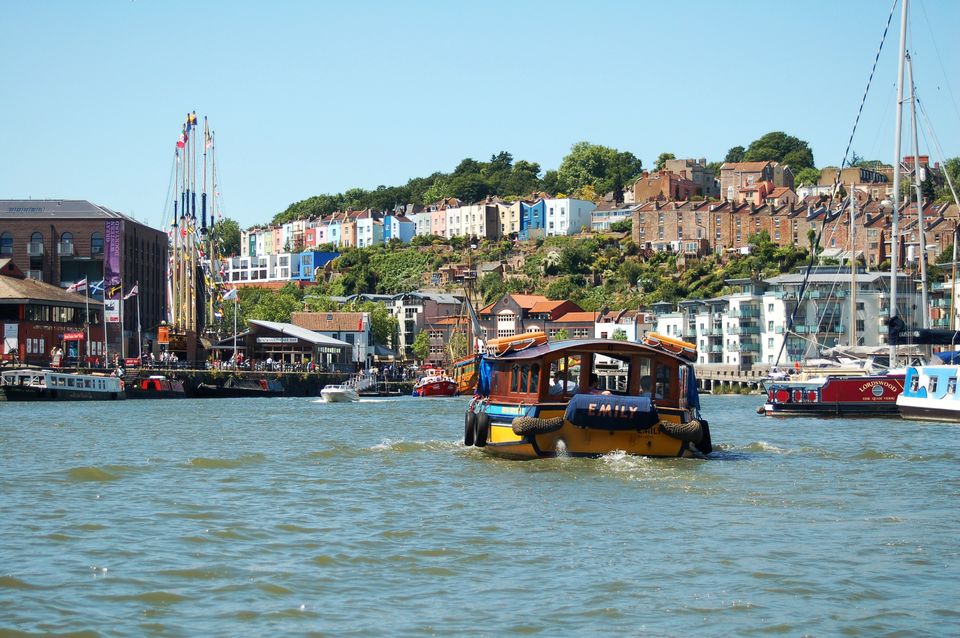

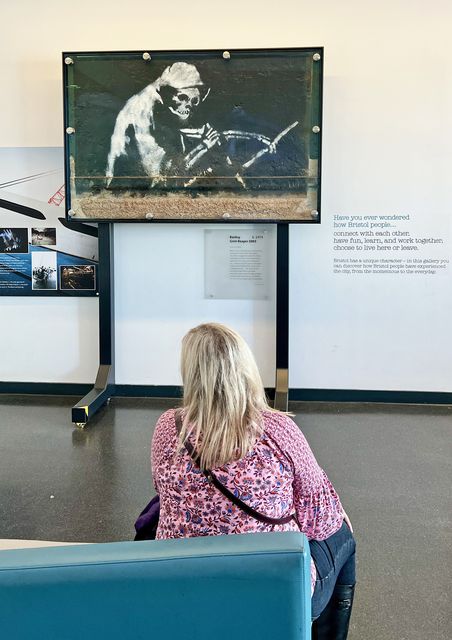
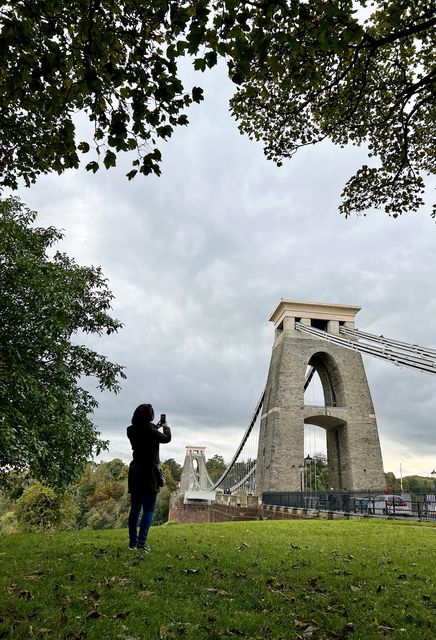
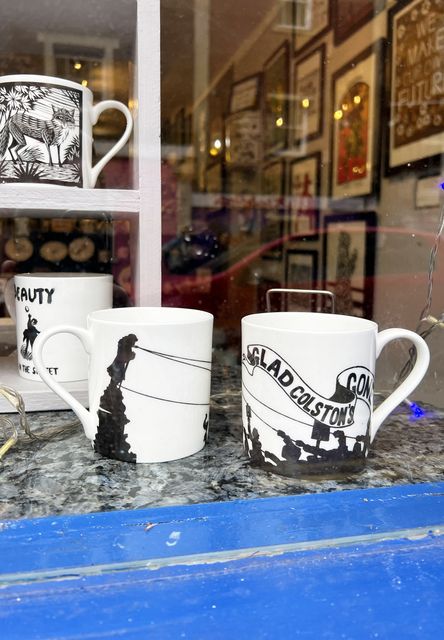
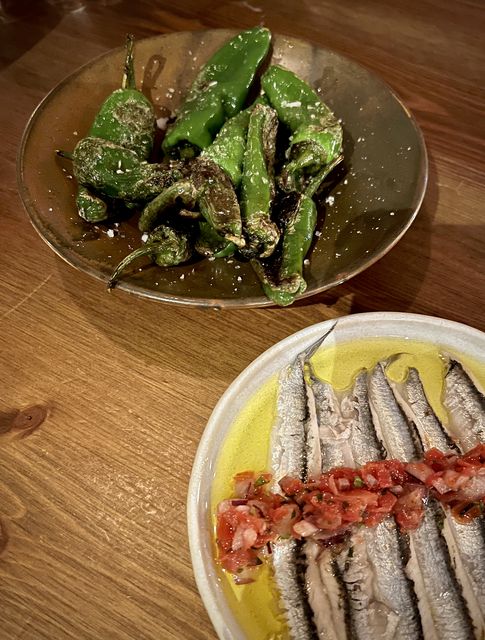

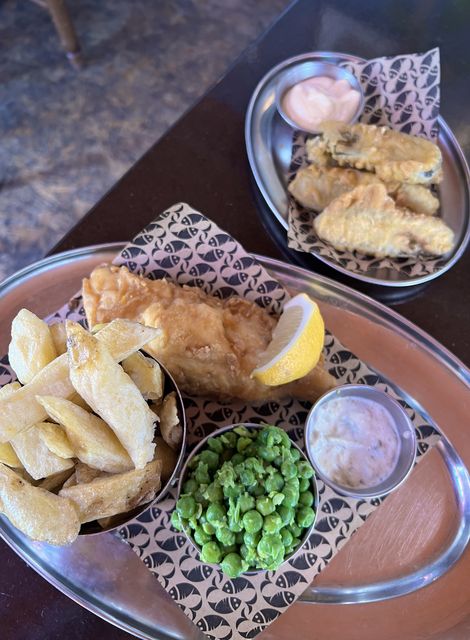


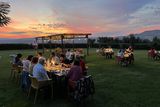

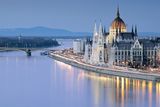
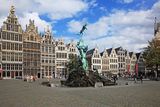

 Le Boat.jpg)
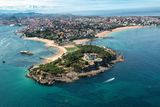

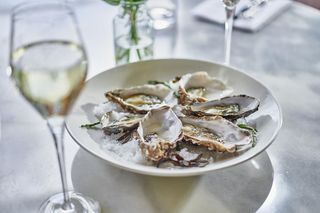
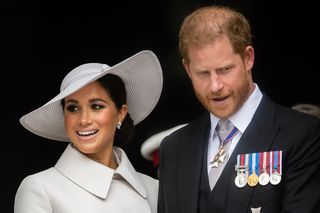

.jpg)
